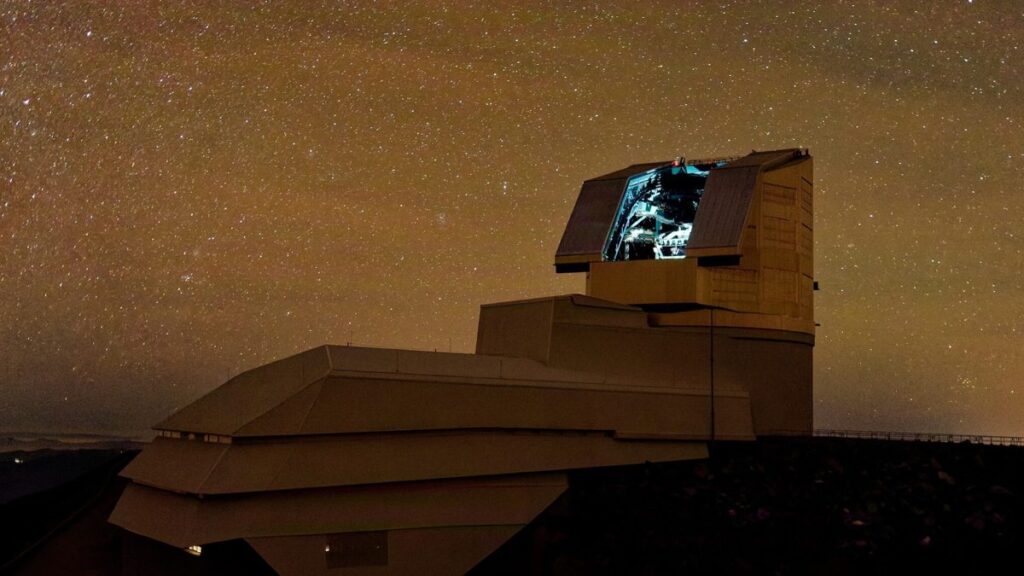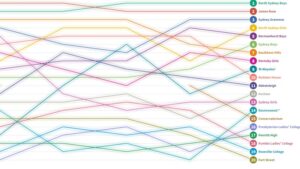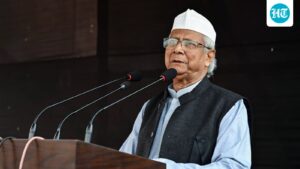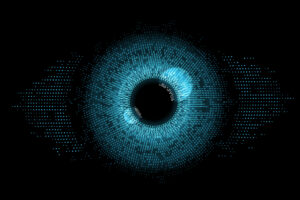
SpaceX is intensifying its efforts to mitigate the impact of its Starlink satellites on astronomical observations. This initiative is highlighted in a new research paper co-authored by a SpaceX engineer alongside a team of astronomers. The paper outlines the company’s strategies to reduce the brightness of Starlink satellites, a concern for astronomers as these satellites traverse the night sky.
Michael Nicholls, SpaceX Vice President, recently tweeted about these ongoing efforts. He emphasized the company’s commitment to reducing the brightness of its satellites, which can reflect sunlight during the first few hours after dusk or before dawn. To address this, SpaceX has implemented several modifications, including the application of mirror films and black paint on the satellites. These changes have resulted in the newer V2 Starlink satellites being “darker” than their predecessors, despite their larger size.
Impact on the Vera C. Rubin Observatory
The research paper, authored by SpaceX engineer Forrest Fankhauser and three astronomers, including J. Anthony Tyson from the University of California, Davis, focuses on the potential interference with the Vera C. Rubin Observatory in Chile. This observatory, equipped with a massive telescope, is part of the “Legacy Survey of Space and Time,” a decade-long project aimed at observing the night sky.
To assess the impact, the team developed a simulation based on the telescope’s observing schedule and real-world data on Starlink satellites’ brightness. They identified instances when the satellites would exceed a magnitude of 7 on the apparent brightness scale, a threshold where satellites can interfere with ground-based observations.
“For every thousand V1.5 Starlink satellites imaged by LSST in the first hour of a summer night, we find 1.2 of them will appear brighter than 7 AB magnitude,” the authors wrote. “By comparison, for every thousand V2 Starlink satellites observed, we find only 0.93 of them will appear this bright.”
Potential Solutions and Further Research
The research also explored the impact of lowering the Starlink satellites’ orbit from 550 kilometers to 350 kilometers. This adjustment could further reduce their effect on astronomical observations while improving Starlink’s latency. The paper noted that this change could result in only 0.56 V2 Starlink satellites per thousand appearing brighter than 7 AB magnitude in the first hour.
This study builds on previous research from 2023, which Fankhauser co-authored before joining SpaceX. The collaboration between SpaceX and the observatory has been praised by both parties. Meredith Rawls, an astronomer with the observatory, expressed her agreement with the paper’s conclusions, noting that the study represents ongoing discussions between astronomers and satellite operators.
Challenges and Future Considerations
Despite these positive developments, Rawls cautioned that the study focuses on one observatory and one satellite constellation under normal conditions. It does not account for scenarios when satellites are newly launched, being de-orbited, or malfunctioning. She also highlighted the need for transparency and cooperation from all satellite operators to address these concerns fully.
The International Astronomical Union’s CPS has also pointed out the study’s limited scope, emphasizing that most constellation satellites have yet to reach the recommended brightness level where they are invisible to the unaided human eye. The organization plans to continue its collaboration with SpaceX and other satellite companies to address these challenges.
“Most astronomers now take it for granted that some of their images will be contaminated by satellite streaks,” noted retired astronomer Anthony Mallama, who has observed many low-Earth orbiting satellites.
The Path Forward
While SpaceX’s efforts are a step in the right direction, Rawls and other experts acknowledge that it will take a collective effort from the entire satellite industry to address the interference concerns fully. The research suggests that lowering satellite orbits might help, but it comes with trade-offs, such as increased brightness due to decreased range.
As the dialogue between astronomers and satellite operators continues, the hope is that these collaborative efforts will lead to sustainable solutions that protect the night skies while allowing technological advancements to flourish.







